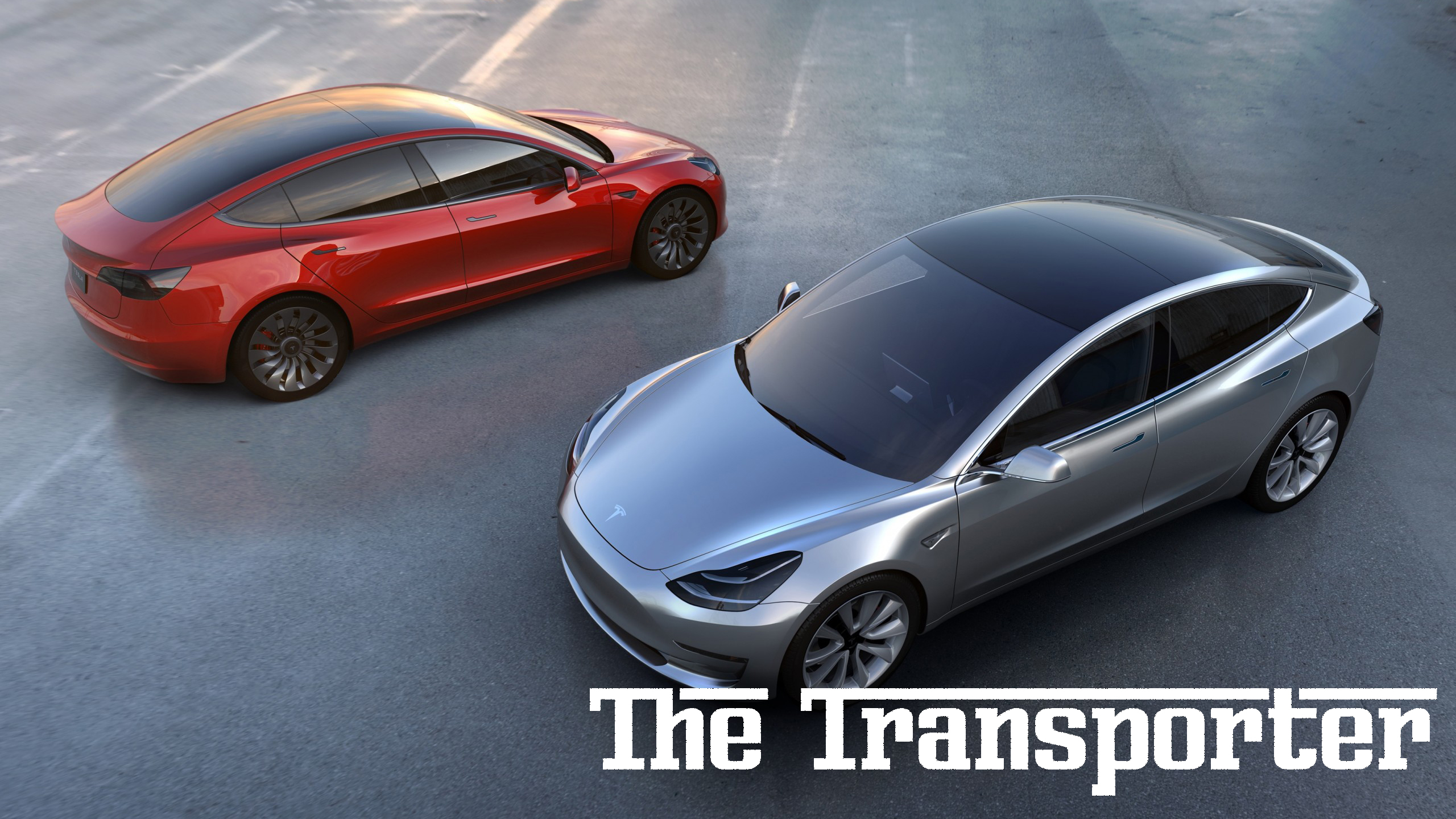Why non-driverless electric cars will never take off
A symbiotic relationship

Since the invention of the car, every single model ever produced has shared the same horrifically inefficient component.
It's a component that literally doubles an average car's stopping distance at 20mph, and increases it by over ten meters at 40mph. It often causes the car to waste fuel by over-accelerating, and it's also prone to wearing out over long journeys or when the vehicle is used late at night.
Cars have gotten lighter and lighter over the years, and their designers spend hours sculpting them to minimise air-resistance, but this single feature has proved depressingly resilient.
You've probably guessed that the component I'm talking about is the slow to respond, easily distracted, and easily tired human being sitting behind the wheel.
But the truth is that now, with the advent of mass-market electric vehicles, the replacement of the car's most inefficient component is more essential than ever before.
Range anxiety
It's impossible to bring up the topic of self-driving cars without their range coming up.
While most people couldn't begin to tell you how far they can drive on a full tank of petrol, the amount of time it takes to charge an electric vehicle means that the distance it can cover on a single charge is crucially important.
Sign up for breaking news, reviews, opinion, top tech deals, and more.
In an ideal world we need a big battery breakthrough to make these worries a thing of the past, but until that happens electric car companies need to concentrate on making their vehicles as efficient as possible, and the biggest single step they can take is by removing the driver from the equation.
The fates of both driverless cars and electric vehicles are intrinsically linked, but at the moment they exist separately to a certain extent.
Right now we might have electric cars that are manually driven, and at least part of Google-owned Waymo’s driverless fleet contains traditional combustion engines.
But, in the long term both technologies rely on the success of the other for their full benefits to be realised.
In order to understand why, we need to first turn our attention to the mobile phone market, and the way it's achieved massive increases in performance while average battery life has remained fairly constant.
Better battery life without better batteries
Comparing the 3,600mAh battery-equipped Samsung Galaxy S8 Plus with the previous year's 3,600mAh-toting Samsung Galaxy S7 Edge, you'd be forgiven for expecting a drop in battery life.
But in our own battery life test, we found that despite the smaller battery, the S8 Plus comfortably outlasted the S7 Edge. This is in spite of the fact that the S8 Plus has a higher resolution screen (2,960x1,440 vs 2,560x1,440) and is a much speedier phone than the S7 Edge.
It's a similar story across the rest of our battery tests where we consistently find that bigger batteries do not necesserily mean better battery life. Instead the efficiency of the hardware, combined with the size, resolution, and brightness of the screen are much more important factors.
When it comes to electric cars, short of a battery breakthrough that's nothing short of revolutionary (and that's been a long time coming), we’re going to need massive efficiency gains if we’re ever going to overcome the range issues that are preventing the masses from embracing them.
Efficiency gains
Of course, it would be crazy to try and claim that the car industry is anything less than utterly obsessed with increasing the efficiency of its cars.
From endlessly tweaking the shape of its cars to reduce wind resistance to an absolute minimum, to producing lighter and lighter components to bring down the overall weight of the vehicle, the automotive industry is in a constant battle to get more power and efficiency out of its engines.
But no matter how light a car gets, no matter how aerodynamic or efficient, you fundamentally can’t upgrade its driver.
After all, it’s the driver that over-accelerates and wastes the car’s forward momentum by braking, and it’s the driver that can't maintain a constant speed without cruise control.
The driver is the most inefficient component of the modern car, and electric vehicles need to minimise their involvement as much as possible if they’re to achieve the range needed for mass adoption.
It’s no coincidence that the most famous autonomous driving solution that’s on the market right now is the electric-car specialist Tesla’s ‘autopilot’ system, which, though not fully autonomous, has to be massively increasing the efficiency of the vehicle whilst in use.
Individual companies may be working on one or the other, but they’ll need both pieces of the puzzle to crack the future of transportation.
Interlinked fates
These interlinked technologies will be the focus of this column in the coming weeks where I’ll be examining the evolution of both markets as they happen.
From new driverless technologies, to electric car announcements, I’ll be exploring the ins and outs of the future of cars, and its implications for the rest of society.
So whether it’s Waymo’s latest breakthrough or Tesla’s latest car, keep your eyes trained on TechRadar for the latest analysis for what this means for the future of transport.
- Jon Porter is TechRadar’s driverless and electric car obsessive. Every week, The Transporter discusses the biggest developments in the area, and its implications for the future of transport.

Jon Porter is the ex-Home Technology Writer for TechRadar. He has also previously written for Practical Photoshop, Trusted Reviews, Inside Higher Ed, Al Bawaba, Gizmodo UK, Genetic Literacy Project, Via Satellite, Real Homes and Plant Services Magazine, and you can now find him writing for The Verge.